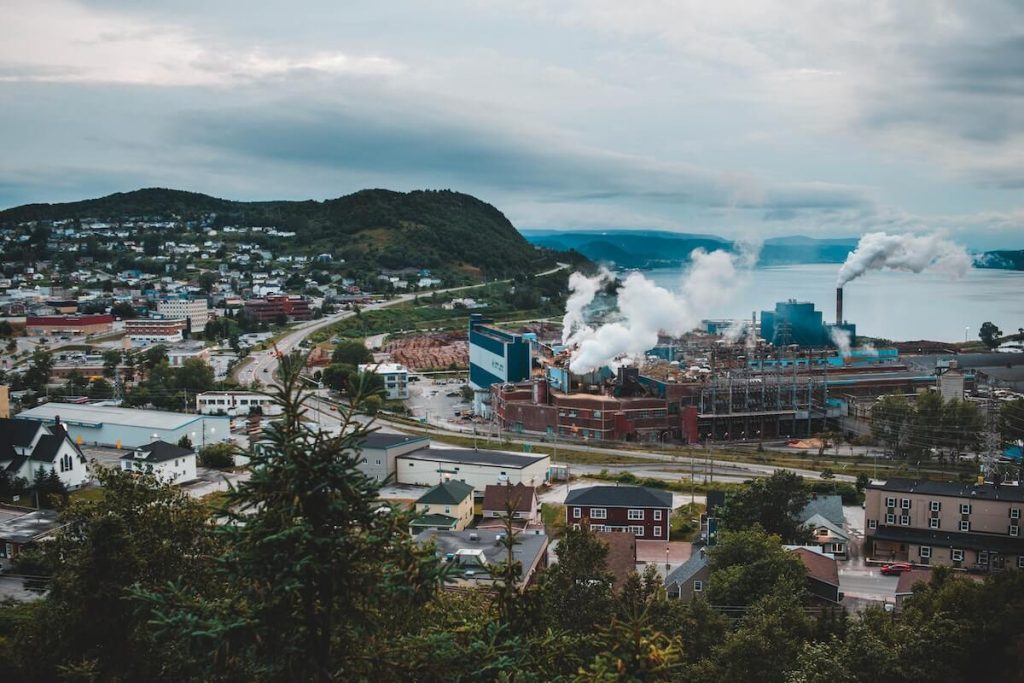Industrial emissions refer to the release of gases and particles by manufacturing and production processes into the atmosphere. The rapid pace of industrialization in the past two centuries, particularly after the industrial revolution, has led to a surge in these emissions. While they’ve undoubtedly contributed to economic growth and advancement, they have also raised environmental concerns, leading to a demand for sustainable practices and the involvement of environmental solutions companies.
The Anatomy of Industrial Emissions
To understand the broader implications of these emissions, one needs to first recognize what they consist of. Typically, industrial emissions can be categorized as:
1. Greenhouse Gases (GHGs):
These are primarily responsible for global warming and include gases like carbon dioxide (CO2), methane (CH4), and nitrous oxide (N2O). Industries like power generation, transportation, and agriculture are significant contributors to GHG emissions. CO2, in particular, is released in vast amounts by burning fossil fuels, cement production, and deforestation.
2. Particulate Matter (PM):
These are tiny particles, often microscopic, that can penetrate the lungs when inhaled. They are released from a variety of industries, including power plants, construction sites, and vehicles. Long-term exposure to PM can lead to respiratory diseases, heart diseases, and can also affect the liver, spleen, and bloodstreams.
3. Volatile Organic Compounds (VOCs):
Released during the manufacture of chemicals, petroleum refining, and burning fuels, VOCs can react with other pollutants to form smog, leading to respiratory issues and reduced visibility.
4. Other Pollutants:
Apart from the primary pollutants mentioned above, industries emit a plethora of other harmful substances, including heavy metals (like lead and mercury), sulfur dioxide (SO2), and nitrogen oxides (NOx), which can have various adverse environmental and health impacts.
Addressing the Challenge
The growing awareness about the detrimental effects of unchecked industrial emissions has paved the way for stricter regulations and an urgent call for sustainable practices. This is where an environmental solutions company steps in. These companies specialize in providing technologies, strategies, and services that can help industries mitigate their impact on the environment.
For instance, many environmental solutions companies offer carbon capture and storage solutions, where CO2 emissions are captured at their source and stored underground or used in other processes. This reduces the amount of CO2 released into the atmosphere.
Furthermore, these companies often advocate for a shift towards cleaner energy sources, waste reduction, and efficient production techniques. Their expertise is pivotal in transitioning to a more sustainable industrial framework.
The Road Ahead
While industrial emissions pose a significant challenge, they are not insurmountable. With collaborative efforts from industries, governments, and entities like environmental solutions companies, there is potential for a more sustainable and eco-friendly industrial landscape.
Also Read: Logistics Services: The Next Big Trends In Deliveries
In conclusion, understanding industrial emissions is the first step towards addressing their challenges. It’s crucial for industries to recognize their role in the larger environmental context and actively seek solutions to reduce their footprint. After all, a greener approach to industrial operations is not just beneficial for the planet, but it’s also essential for the long-term viability of the industries themselves.
